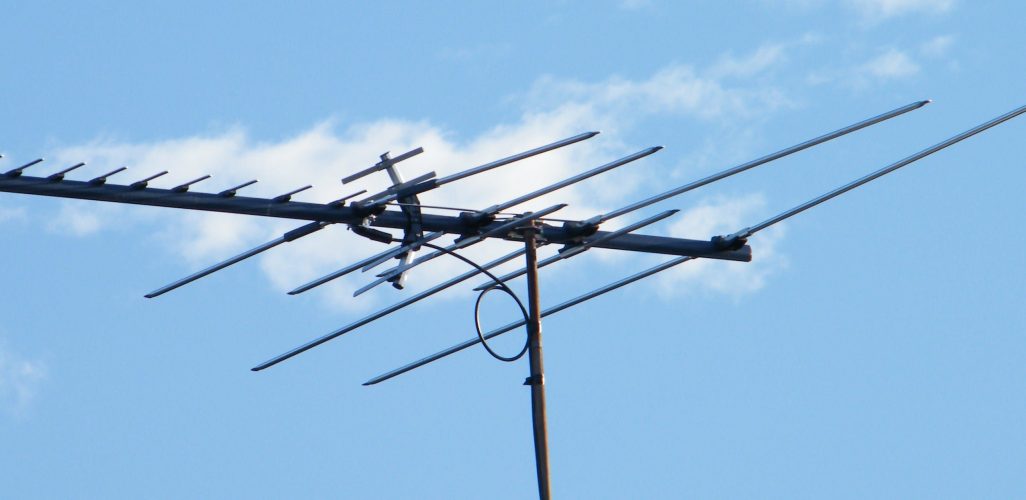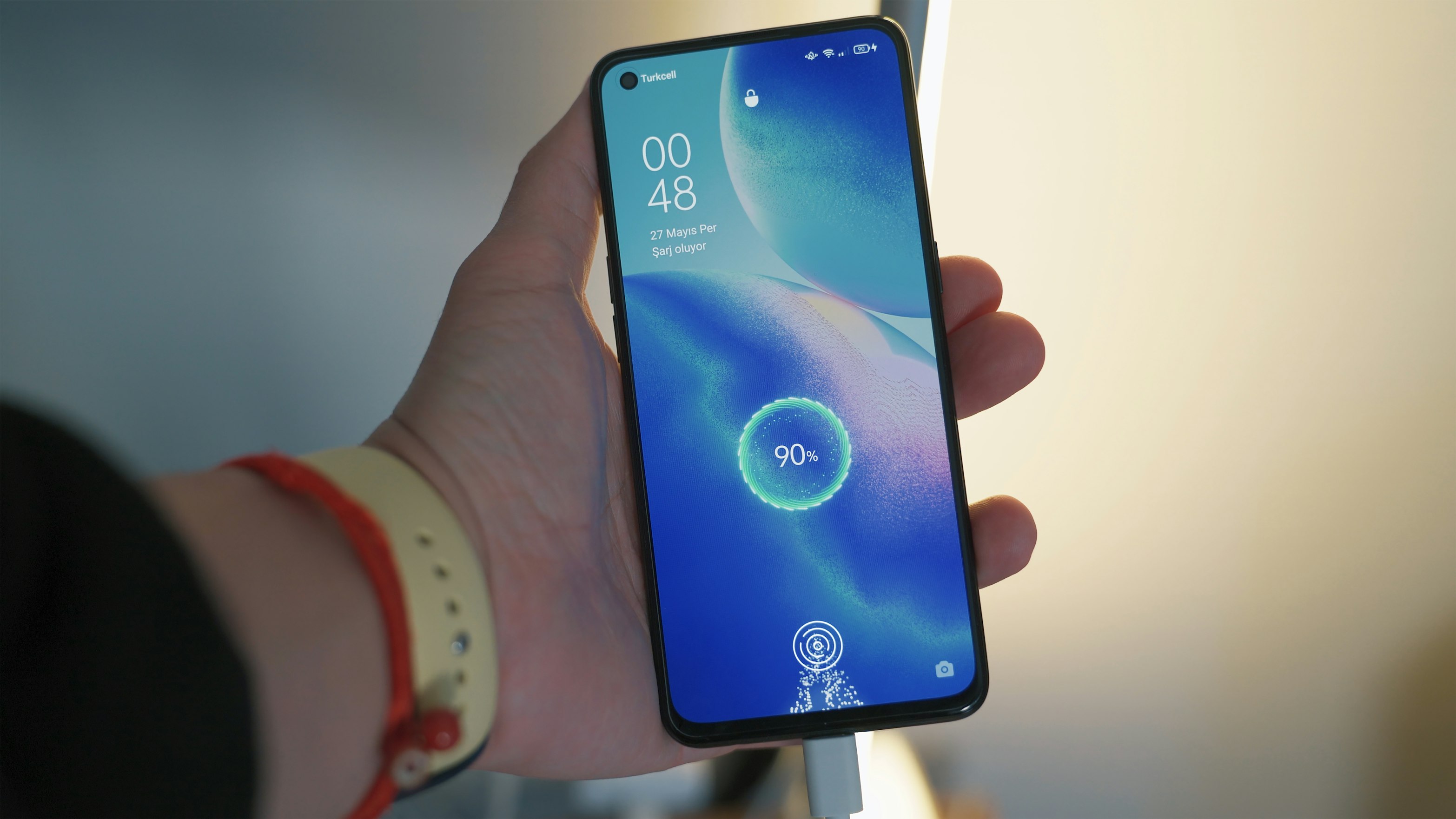What is controlled reception pattern antenna testing? And how does controlled reception pattern antenna testing work? Read on to find out.
If you want to produce GPS systems, you’ll need to start CRPA testing.
Controlled reception pattern antenna (CRPA) testing is a complicated process that involves the use of several pieces of equipment to test antennas. Many products undergo CRPA testing because they need to be able to filter out the noise that satellites provide.

A GPS relies on satellites to provide accurate information about the location of something. Without CRPA testing, a GPS could end up working improperly because the noise from signal jammers can affect their functionality.
Keep on reading to learn more about antenna testing and what it is.
What Is CRPA?
CRPAs are used in environments in which signal jamming is a common issue. A CRPA has several RF receptors that allow them to receive various signals. These signals can be received at different phases, allowing the CRPA to decipher what it’s receiving.
When you attach a CRPA to an Antenna Electronics (AE) module, it will use the signals to maximize the GPS signal and reduce noise from jamming. The best way to think of a CRPA is to think of noise-canceling headphones.
Putting noise-canceling headphones on allows you to focus on the sounds coming from the headphones because outside noise is significantly quieter. In a similar manner, putting a CRPA on an AE module allows the AE to focus on the GPS signal.
The Challenges of Antenna Testing
Testing CRPAs has been a difficult process in the past because it’s hard to produce similar situations that represent natural signal jamming. When a signal is being jammed, the frequencies will vary. When testing a CRPA, you can’t get accurate results because of the many variables.
Keep in mind that satellites are constantly moving in orbit and at a rapid pace. No CRPA testing method can reproduce these variables, so the tests only support stationary use. However, CRPA testing gives us a good idea of how well a CRPA is performing.
When you use a CRPA, you’ll still hear noise from the jamming, but it won’t be as significant as it would be if no testing is done. While the results aren’t precise, they’re accurate enough to produce effective antennas.
One of the common approaches is the Butler matrix, which tries to reproduce the geometry of the signals. The Butler matrix will try to use a signal simulator that manipulates the arrival time of a signal, mimicking the signals that would come from satellites.
CRPA Testing in Laboratory Environments
While the Butler matrix approach can give accurate results, antenna testing in laboratory environments often uses better equipment. Either of these approaches can generate signals that better represent satellite signals, so controlled reception antennas can be tested more effectively.
Individual Radiator
The first alternative approach to CRPA is using an individual radiator for each satellite signal. Each radiator can be used to give an accurate reproduction of the signals that are coming from a satellite. They’ll then be placed around a chamber in which the CRPA testing will take place.
Additional radiators can be used to reproduce the noise. The only problem with using this method is that there’s a great deal of precision required to synchronize all of the radiators. However, this approach allows labs to generate satellite motion because they can move the radiators around the chamber.
GPS Wavefront Generator
The second approach is the use of a GPS wavefront generator to generate different signals from GPS satellites. Doing this allows a CRPA to receive all of the signals at once while allowing the introduction of offset signals.
This method is one of the most effective because it closely generates the conditions that antennas go through in the real-world. Most labs will use this approach, but the testing process can take a long time. However, the results are far more accurate than most other testing methods.
The CAST-5000
The CAST-5000 is a GPS wavefront generator that produces consistent results across all tests. With a regular GPS satellite, testing would involve modifying its signals to act as if it were a single satellite.
With the CAST-5000, labs can adjust the spacing of the antenna elements and it has the ability to replicate noise that real-world jammers produce. This allows the user to thoroughly evaluate the effectiveness of a CRPA without having to do a plethora of tests.
Depending on what you need to do, you can configure the CAST-5000 to match the specifications of your testing. For example, you can configure it to replicate a single type of jammer or you can have it replicate multiple.
Although the CAST-5000 is one of the best GPS wavefront generators, most will have the same features. GPS and antenna testing go hand in hand because, without antenna testing, the production of efficient GPS wouldn’t be possible.
Get Involved With Antenna Testing Today
Antenna testing is a difficult process, but providing that you have the right equipment, you’ll be able to test an antenna under a variety of conditions. Without CRPA testing, you wouldn’t be able to develop antennas that can filter out the noise that comes from various satellites in orbit.
If you’re someone that works in a lab or would like to start producing a GPS, you’ll need to start testing controlled reception antennas. Try to look for labs in your area to see if you can work with them so that you can start making GPS systems.
Browse our articles to learn more about a variety of science-related topics.






